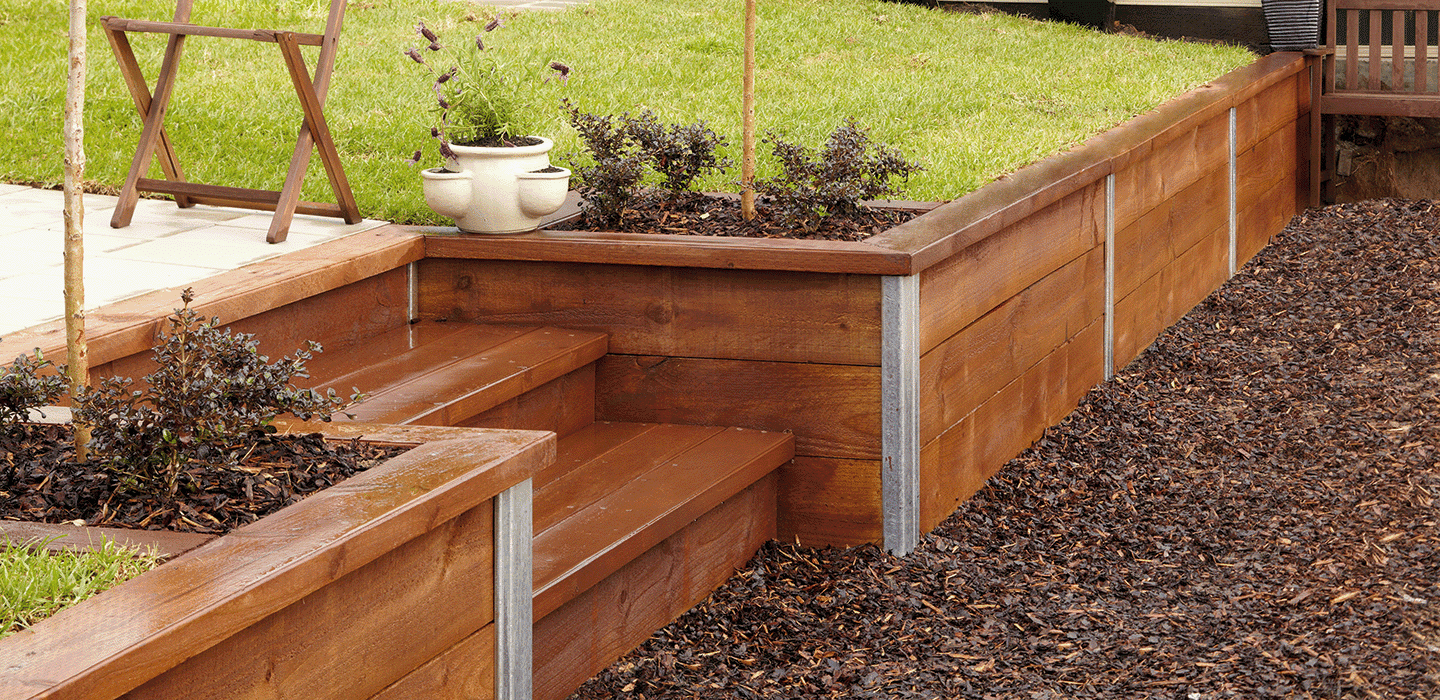Exactly How Personalized Retaining Walls Sunshine Coast Can Improve Your Landscape Layout
Exactly How Personalized Retaining Walls Sunshine Coast Can Improve Your Landscape Layout
Blog Article
Enhancing Home Stability: The Duty of Retaining Walls in Dirt Retention and Disintegration Control
Preserving walls stand as silent guardians, playing a crucial function in dirt retention and disintegration control. By exploring the subtleties of different types, style considerations, construction methods, and maintenance pointers connected with maintaining wall surfaces, a much deeper understanding of their crucial role in improving property security emerges.
Relevance of Retaining Walls in Security
Preserving walls play an important role in holding back soil, stopping disintegration, and producing level surface areas in sloped areas. By supplying architectural assistance, preserving wall surfaces assist to redistribute lateral pressure triggered by soil, stopping landslides and slippage.
Preserving wall surfaces are specifically crucial in hilly or uneven surfaces where soil erosion is a common occurrence. Without adequate support, dirt disintegration can cause the deterioration of landscapes, jeopardizing the stability of structures and posing threats to residents. Keeping walls act as obstacles, supporting the soil and preventing it from changing downhill throughout heavy rainfall or various other environmental stressors.
Furthermore, preserving wall surfaces provide long-term advantages by minimizing maintenance costs connected with soil disintegration and land instability. By purchasing well-designed preserving wall surfaces, homeowner can guarantee the longevity and sustainability of their landscapes while advertising a visually appealing and secure atmosphere.

Sorts Of Retaining Walls for Erosion Control
Gravity preserving wall surfaces are durable frameworks that count on their weight to stand up to the stress of the soil behind them. Cantilever retaining wall surfaces, on the various other hand, are created with a thicker base and use a lever arm to stand up to the dirt stress.
For taller walls or where room is a restriction, secured keeping walls are commonly employed. When picking the suitable kind of keeping wall surface for erosion control, factors such as dirt structure, wall elevation, and website problems have to be meticulously thought about to guarantee lasting security and efficiency.
Design Factors To Consider for Soil Retention
The height and location of the maintaining wall surface are critical aspects that affect the overall style. Designers should additionally consider the pressure exerted by the maintained soil and possible lateral lots to guarantee the framework's security over time.
Moreover, the material choice for the retaining wall surface is crucial in enhancing long life and performance. Concrete, timber, gabion baskets, and natural stone prevail materials made use of in preserving wall building and construction, each with its special benefits and considerations. Appropriate water drainage devices, such as weep holes and French drains pipes, need to be integrated right into the style to avoid water build-up behind the wall surface, which can cause architectural failing and disintegration.
Building And Construction Methods for Retaining Wall Surfaces
When executing design factors to consider for efficient dirt retention, the building and construction methods for preserving wall surfaces play a vital function in ensuring architectural integrity and long-lasting stability. One typical strategy is the gravity see post wall surface, which relies on the weight and mass of the wall itself to stand up to the pressure of the preserved soil.
One more extensively utilized building strategy is the cantilevered wall surface, which makes use of a concrete slab structure that extends backwards into the maintained dirt. This design gives extra security and is appropriate for tool to high maintaining wall surfaces. For taller frameworks, strengthened soil techniques such as making use of geogrids or soil nails can be used to enhance the wall's stamina and stability.
:max_bytes(150000):strip_icc()/rt2tier-186264cbbbe845c1a46fe9a22d213e8d.jpg)
Upkeep Tips for Home Stability
To make sure lasting building security, regular upkeep practices are vital for preserving the honesty of keeping wall surfaces and avoiding erosion issues. Cleaning the surface area of the maintaining wall surfaces can also help preserve their structural honesty by eliminating dirt, particles, and plant life that might deteriorate the wall surface over time.
In enhancement to visual inspections and cleansing, it is very important to inspect the water drainage systems related to the maintaining walls. Making certain that drains pipes are free from blockages and working appropriately can avoid water build-up behind the walls, which can bring about pressure and prospective failing. Effectively operating water drainage systems are important visit this site for taking care of water circulation and minimizing the danger of disintegration.
On a regular basis checking and preserving preserving walls according to these suggestions can expand their life expectancy and add to the total stability of the residential or commercial property.
Final Thought
In conclusion, keeping wall surfaces play a critical duty in improving building security by protecting against soil erosion and preserving soil in place. Routine upkeep of maintaining walls is vital to make certain lasting stability and protection against erosion.
For taller walls or where space is a constraint, anchored retaining wall surfaces are usually utilized. These wall surfaces make use of wires or strips that are secured into the soil or rock behind the wall surface to offer additional assistance. When selecting the ideal type of keeping wall for disintegration control, elements such as soil composition, wall surface elevation, and website problems need to be carefully considered to make sure lasting stability and effectiveness.
One usual technique is the gravity wall surface, which counts on the weight and mass of the wall surface itself to stand up to the pressure of the preserved dirt. Cleaning the surface of the preserving wall surfaces can likewise aid preserve their structural integrity by removing dust, debris, and plants that can damage the wall surface over time.
Report this page